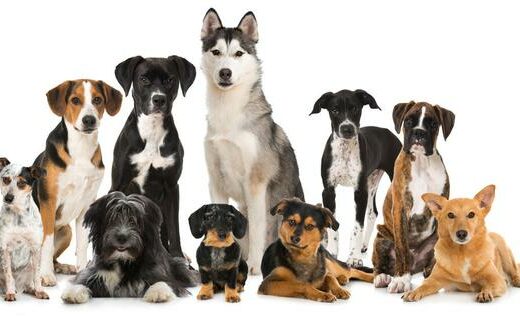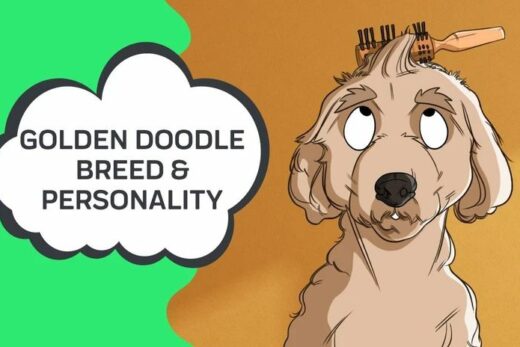
Siberian Husky Diet Plan
The mischievous thick-coated Siberian Husky is a breed of medium size, incredible endurance, friendly and social, developed to work and live in packs.
Known for a powerful athletic gait, these dogs can top out at 60 pounds, 21-23 inches in height at the shoulders, and have a lifespan of approximately 12-14 years. As a friendly breed, the Husky makes a perfect family dog, even with small children, but their friendly nature makes them indifferent as a watchdog.
As working dogs, Huskies are bred to pull light sleighs through the snow. Siberian Huskies have excellent endurance, plenty of playful energy, and enjoy chasing small animals and objects around.
As the pet parent, the primary responsibility is to provide a safe environment for your Husky to age and mature.
Getting daily vigorous exercise, providing the proper diet and nutrition, and routine visits to the veterinarian are part of looking after the overall wellness of your Husky. They are a process defined as a holistic approach. The definition of holistic living is to understand how each aspect of health, from the foods eaten, exercise, and checkups, are part of a larger whole in defining health.
Even though it may appear to be harmless and adorable when your Husky begs for scraps of human food, it’s inadvisable by the American Kennel Club (or AKC) to feed your pet too much human food. There is too much seasoning, and some food may not be digestible to a dog, so it’s best to avoid giving them any table scraps.
Taking a holistic approach to your Husky’s wellness means that you need to provide high-quality nutrition to manage weight, have a regular exercise routine, and get occasional checkups with its veterinarian.
Selecting the right meal plan for your pet can be challenging and confusing if you don’t know what you’re looking for. This guide is prepared to educate you on all the benefits of proper nutrition and how to approach your dog’s wellness for optimal health effectively.
Before beginning any exercise or dietary programs, be sure to consult a veterinarian first, talk about the best strategies for optimum health, and diagnose any underlying health issues.
Many dog food manufacturers will obscure or use misleading terms to imply that their diet plans are healthy options. These terms are used to hide the use of additives and fillers that may, upon further analysis, cause various health issues.
To avoid food-borne issues and provide optimal nutrition, you need to understand how to read a food label and what ingredients may be allowed or included in the recipe. Ideally, your meal plan should be transparent with its components and place a premium on natural proteins versus processed “meat meal.”
The typical error most pet parents make is that they assume most meal plans are similar and manufactured the same. Unfortunately, this error may be a leading cause of severe health issues for your dog ranging from obesity, diabetes, heart disease, joint disorders, allergies, and other maladies.





